The U.S.-China trade war has escalated once again, causing waves across global tech markets and forcing both manufacturers and consumers to adapt. As of April 2025, President Trump’s administration has implemented a sweeping series of tariffs targeting Chinese imports, raising duties to as high as 145% on key categories such as electronics, computer components, and manufacturing materials. In retaliation, China has imposed 125% tariffs on American-made goods, including high-tech electronics, semiconductors, and agricultural exports.
However, in a notable shift, the White House has recently lifted specific restrictions on electronics, including smartphones, laptops, and chips. This exemption is separate from the 90-day tariff pause for other countries. While the broader pause excludes China, this electronics exemption temporarily applies even to Chinese-made devices, easing pressure on the tech market. This exemption applies to countries outside China and is expected to give the U.S. economy some breathing room while shielding American consumers — for now — from immediate price shocks on essential tech devices.
Despite this relief, tensions with China remain high. The exemption window may be short-lived, and the long-term implications for global supply chains, manufacturing costs, and product availability remain deeply uncertain.
What’s Going On with Tariffs in April 2025?
In a continuation of the administration’s aggressive trade policy, the U.S. has:
- Finalized 145% tariffs on a wide array of Chinese goods, especially tech-related items.
- Announced a 90-day global tariff pause on most allied nations (excluding China), alongside a separate temporary exemption for electronics such as smartphones, laptops, and semiconductors — including many imported from China.
- Exempted imports of smartphones, laptops, chips, and some consumer electronics from immediate duties.
- Signaled a possible expansion of tariffs in July if China fails to meet trade conditions.
Simultaneously, China has retaliated with:
- 125% tariffs on U.S. electronics and luxury imports.
- An ongoing ban on exports of rare earth minerals to the U.S., threatening the production pipeline for processors, EV motors, and high-end computing devices.
How It’s Impacting Tech Prices
Smartphones & Tablets
Nearly 80% of smartphones sold in the U.S. are produced in or assembled with components from China. Although the latest exemption temporarily shields devices like the iPhone, Pixel, and Galaxy models from tariffs, pricing pressure is building.
Experts warn that should the exemption expire, retail prices could surge by 20% to 35%. Already, the cost of higher-end models like the iPhone 16 Pro Max is predicted to rise from $1,599 to as much as $2,300. Even lower-tier phones like the iPhone 16E may jump from $599 to $850+.
Laptops & PCs
Laptop makers such as Apple, Dell, HP, and Lenovo rely heavily on Chinese assembly lines. Even with temporary tariff relief, manufacturers are preemptively raising prices by 10–15% due to uncertainty.
Tech analysts believe that if China’s rare earth export ban continues, it will drive up costs for motherboards, batteries, and display panels, resulting in laptops and PCs seeing total price increases of up to 40–45% by late 2025.
PC Components & Gaming Builds
Gamers and custom PC builders are feeling the sting most acutely. The rare earth ban directly affects the supply of materials used in graphics cards (GPUs), CPUs, SSDs, and RAM.
Prices of high-end GPUs (e.g., RTX 4070 and above) are projected to increase by 50–65%, with some already exceeding $1,200 retail. Companies like AMD and Nvidia are exploring alternative suppliers, but U.S. infrastructure isn’t ready to meet demand.
Gaming Consoles
Over 85% of gaming consoles are manufactured in China, and brands like Sony, Microsoft, and Nintendo are facing manufacturing delays and cost increases.
Nintendo’s highly anticipated Switch 2 has already experienced preorder delays in the U.S., and prices could climb by $100–$200 by the time it hits shelves in June. PS5 and Xbox Series X units currently in stock are unaffected, but future shipments may reflect elevated import costs.
TVs, Smart Home Devices, and Wearables
TVs from companies like Sony, LG, and TCL, as well as smart devices such as Amazon Echo and Google Nest, may see price increases between $30 and $150, depending on production cycles and inventory levels.
Smartwatches are temporarily unaffected, but 2026 models could reflect new tariffs if trade relations continue to sour. Companies are trying to order parts early to avoid Q3 price spikes.
Cameras & Photography Gear
Cameras and lenses from Japan and South Korea — while not directly targeted — are affected by adjacent component costs and global supply chain instability. Experts suggest modest increases of 5% to 20% in the coming months.
Camera retailers report increased foot traffic from buyers hoping to secure gear before summer hikes.
Electric Vehicles & Automotive Tech
The automotive sector is also bracing for impact. EVs and hybrid vehicles rely on chips and motors made using Chinese rare earths. Manufacturers are warning of higher costs for parts, EV chargers, infotainment systems, and navigation tools.
Even domestic automakers are not immune, as many components are imported or sourced from global partners. As a result, consumers could face elevated costs for both new vehicles and replacement parts.
What Should You Do as a Consumer?
1. Don’t Panic Buy, But Don’t Wait Too Long
Experts suggest avoiding panic buying — but also recommend shopping sooner rather than later for items like laptops, phones, and consoles. If you see a good price, lock it in before restocks reflect tariff-driven increases.
2. Shop Refurbished and Certified Pre-Owned
Refurbished devices are not only cost-effective but also less likely to be impacted by tariff hikes. At Techable.com, we offer:
- Apple MacBooks, iPhones, and iPads at up to 50% off retail
- Certified refurbished condition with warranty and return policy
- U.S.-based shipping with no hidden import fees
3. Trade In Your Old Devices
Use SellMac.com to trade in your existing MacBook, iPhone, or iPad for top-dollar value. The cash can go directly toward a newer model — and help offset future price increases.
4. Monitor Tech News Closely
With exemptions and tariffs shifting monthly, staying informed is your best protection. For reliable updates on tech pricing, trade policy, and buying advice, follow news.techable.com — our in-house publication dedicated to helping consumers navigate the fast-changing tech landscape. Bookmark our site, subscribe to our newsletter, and stay ahead of the curve with expert coverage you can trust.
Final Word: The Window to Save is Now
While exemptions offer short-term relief, the future of tech pricing is still volatile. Tariffs could return in full force, and supply chain interruptions from rare earth shortages remain unresolved.
Take advantage of current pricing while you can. Whether you’re upgrading your iPhone, buying a MacBook for school, or replacing a dying laptop, this may be your last chance to shop before prices increase sharply.
Techable is here to help you navigate the chaos with affordable, sustainable, and dependable devices that won’t break the bank.
Shop smart. Stay ahead. Avoid the tariff trap.




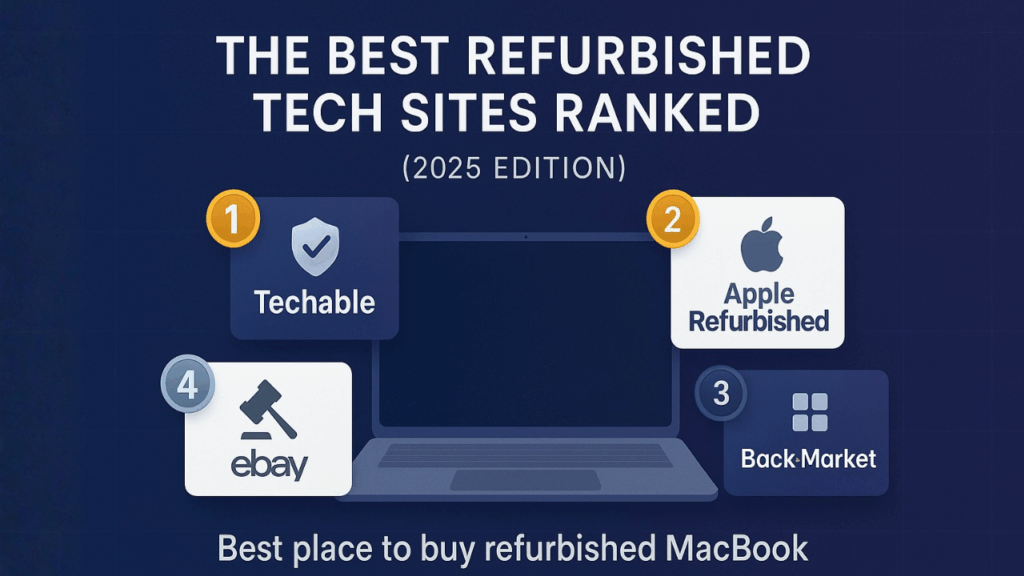





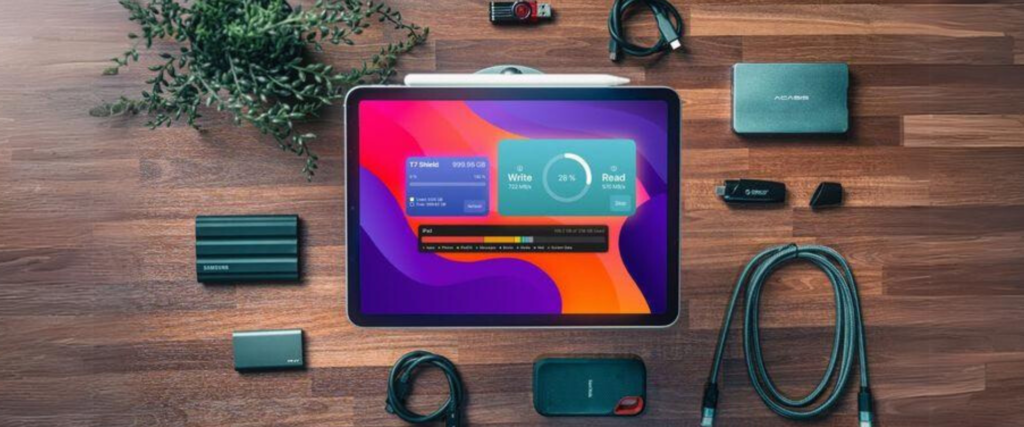

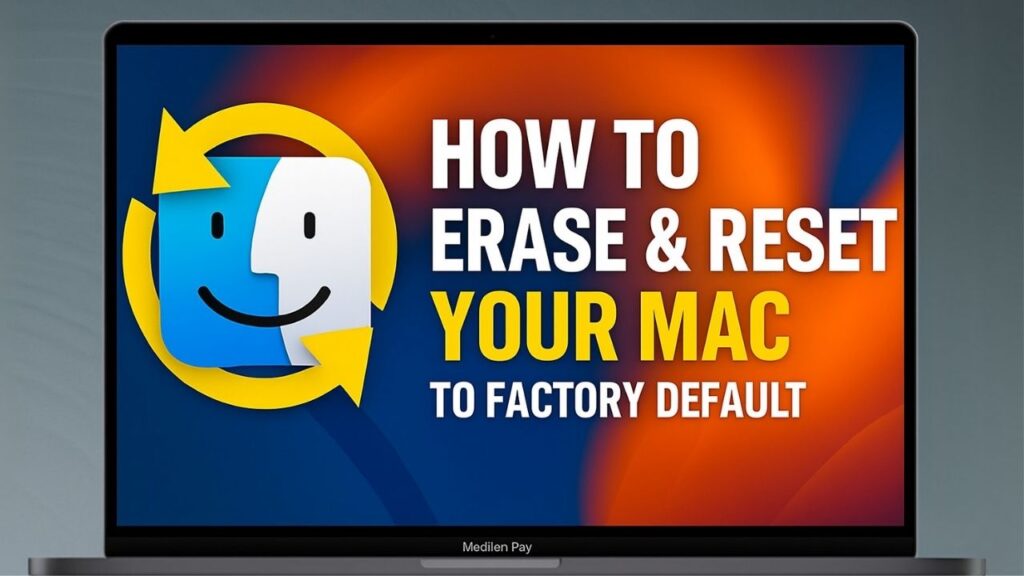

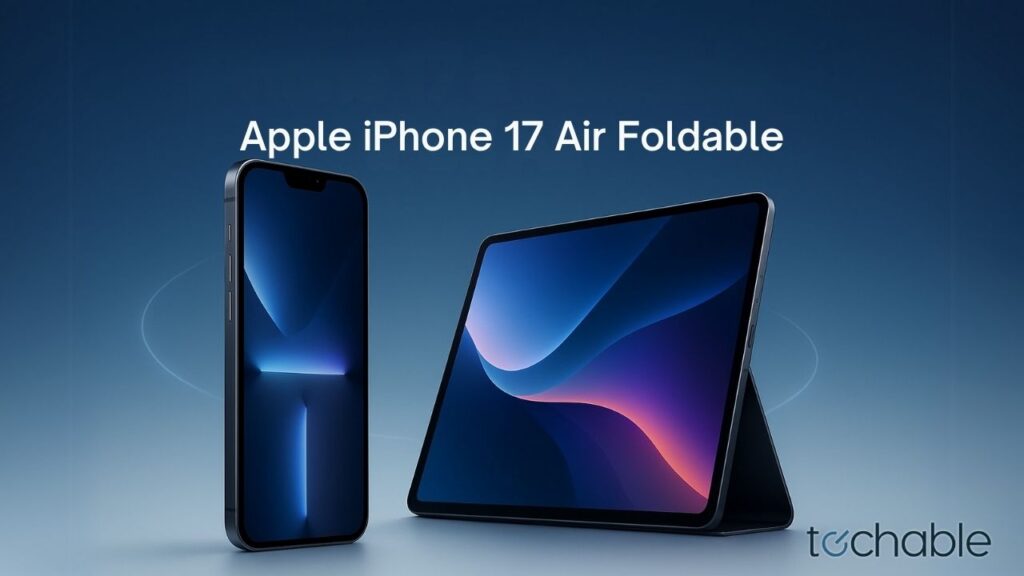
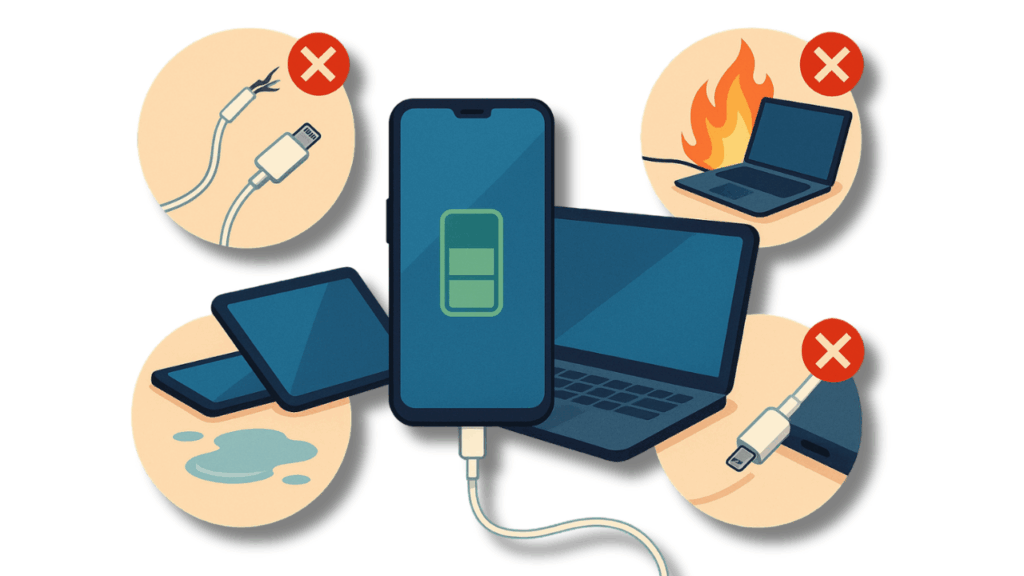
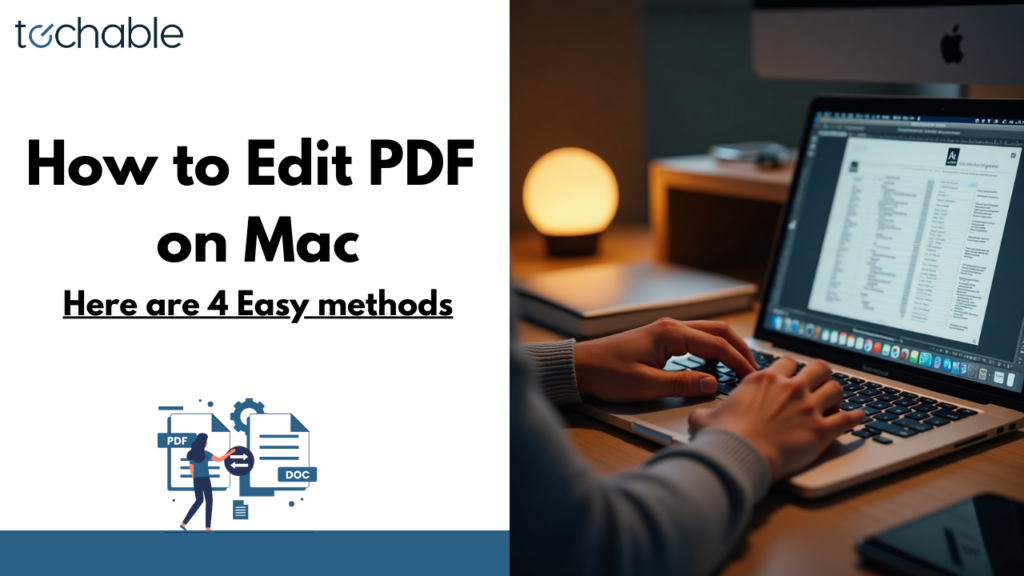

0 Comments